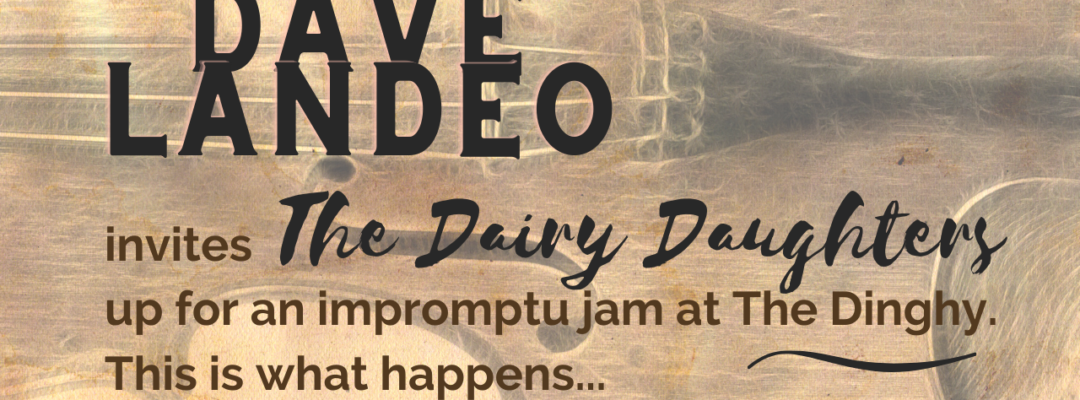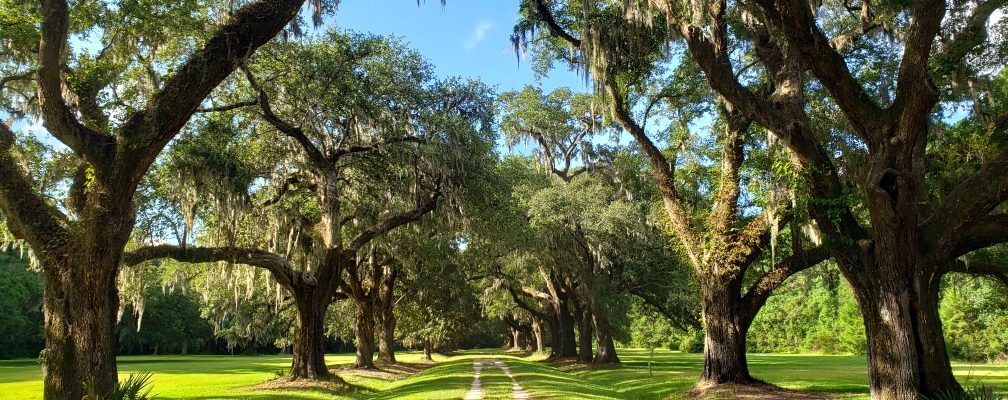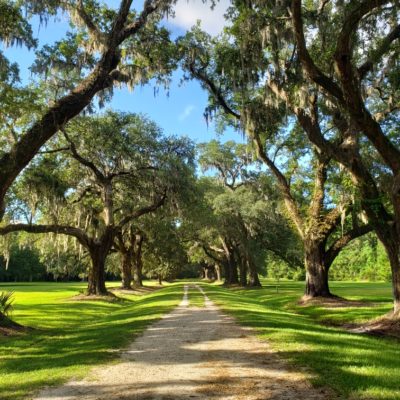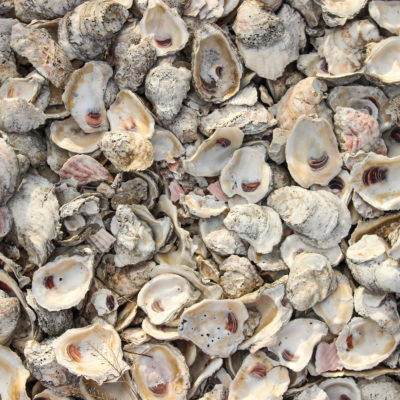(Updated February 8, 2022) Some cities are sexy. Their electric current burns hot and fast. Charleston is a slow, warm simmer. Both its natural landscape and created spaces are imbued with poetic sentimentality. Here are 4 ways to channel the city’s romance into a perfect Valentine’s Day celebration or date. Three of them are free! 1. Sunset on the Beach… View Post
Charleston Music Scene: Dave Landeo at The Dinghy
Two young women showed up with instruments in hand and Dave graciously invited them to join him for some on-stage spontaneity. Wow! The surprise musical collaboration was a crowd pleaser to say the least.
Yoga Takes a Walk In Mount Pleasant
Yoga walking in Laurel Hill County Park does a mind and body good. Here’s how it’s done.
Top Three Coffee Shops In Charleston
By JULIA KANE In a world overtaken by Starbucks®, you can find many thriving, locally-owned coffee shops in Charleston, SC. We’ve sipped our way through Chucktown to find the best spots to get caffeinated. Each purveyor had its own distinct personality, but these three all share one thing in common – a great cup of joe. 1. Kudu Coffee and… View Post
Shucking, Sipping and Shuffling at World’s Largest Oyster Festival
By JULIA KANE If bivalve molluscs make your mouth water then you would have been in heaven this past Sunday at the 2020 Lowcountry Oyster Festival. The world’s largest oyster festival held its annual event at Boone Hall Plantation in Mount Pleasant, SC. Seemingly endless buckets of freshly steamed oysters were served up. A food court featured favorite local eateries… View Post
- 1
- 2
- 3
- …
- 10
- Next Page »










